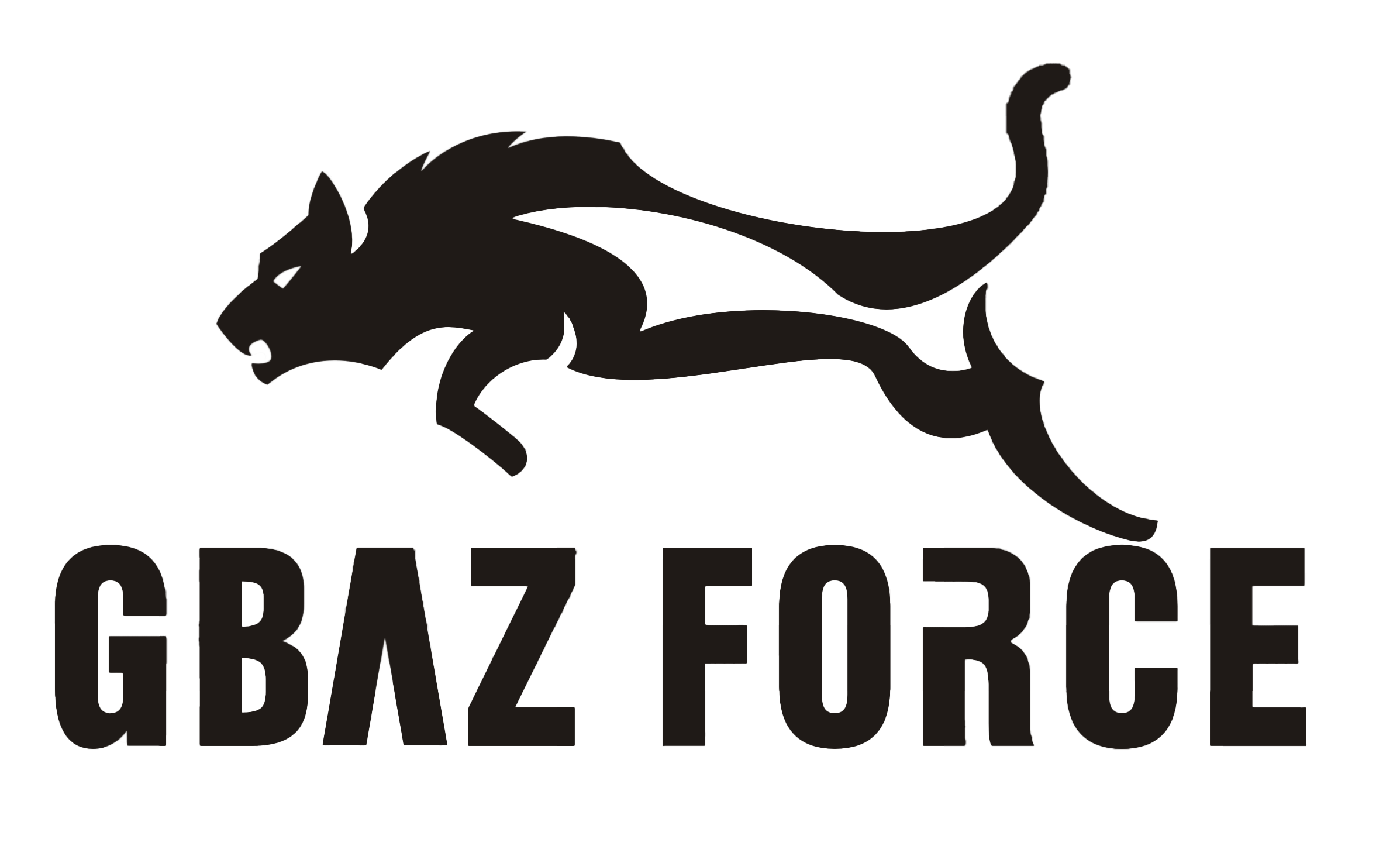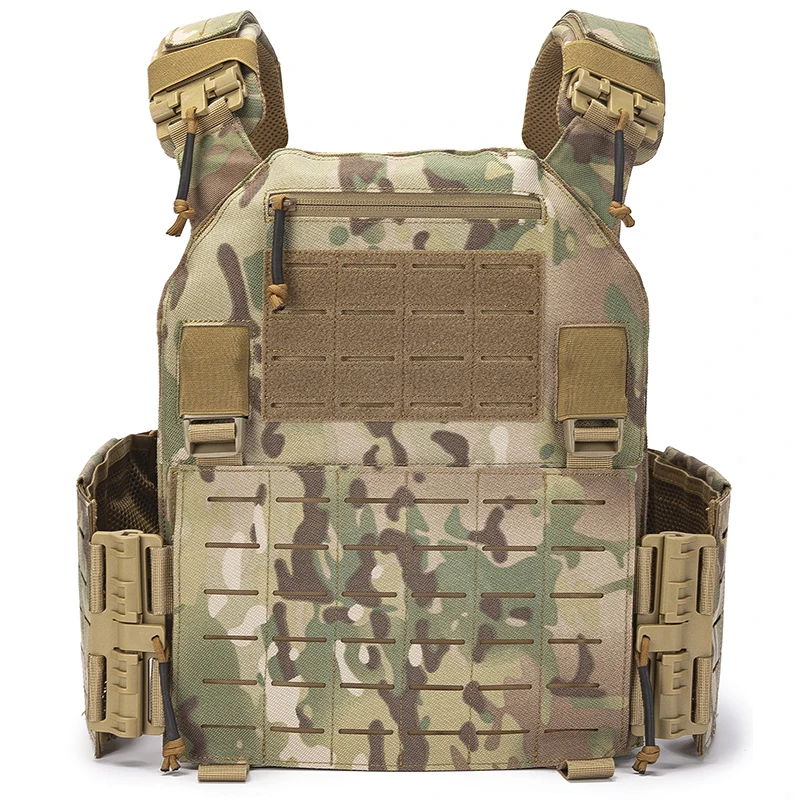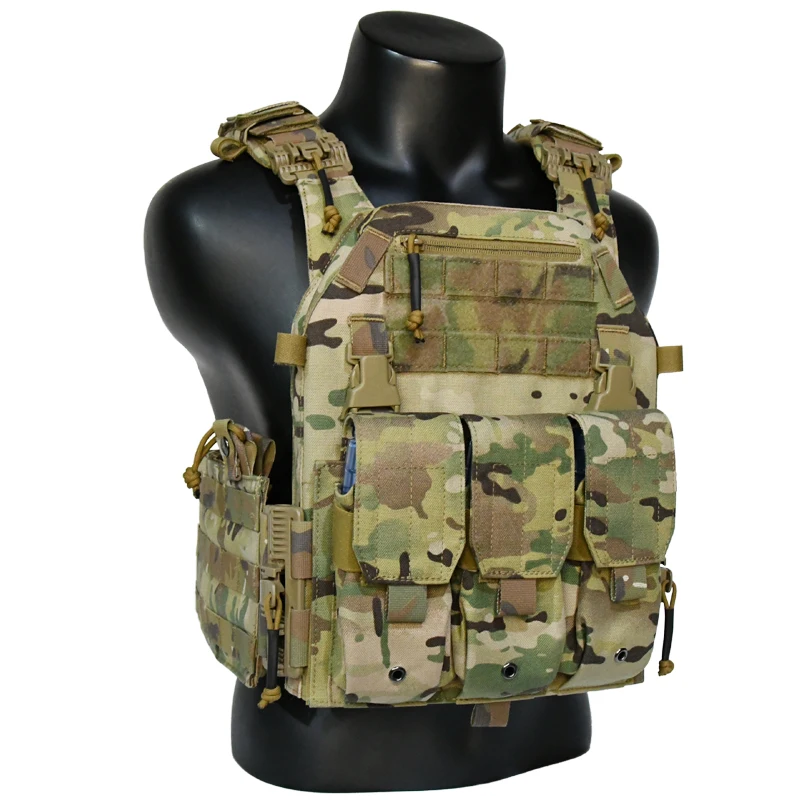Tactical Gear
PRODUCTS
Tactical Vests For Every Mission Choose Wisely
Understanding Your Mission Profile
Before diving into the specifications of different vests, the first and most crucial step is understanding your mission requirements. What type of environment will you be operating in? Will you be engaging in close-quarters combat (CQB) or operating in open terrain? The answer will heavily influence the type of vest you need. A vest designed for CQB will likely prioritize maneuverability and lighter weight, potentially sacrificing some ballistic protection for increased agility. A vest for open terrain operations may prioritize ballistic protection and carrying capacity, potentially at the cost of some mobility.
Furthermore, consider the specific threats you might encounter. Are you facing a high risk of ballistic threats, requiring Level III or IV protection? Or are you primarily concerned with shrapnel or less potent projectiles, allowing for lighter, more maneuverable Level IIA or II vests? Understanding your potential threats will directly impact the level of protection you need and therefore the vest's weight and overall design.
Material and Construction
The materials used in a tactical vest are critical for both its durability and performance. Common materials include nylon, Cordura, and various types of ballistic fabrics. Cordura, known for its exceptional abrasion resistance, is a popular choice for outer layers, while ballistic fabrics provide the protective barrier against projectiles. The stitching and construction quality are also paramount. Loose stitching or weak seams can compromise the integrity of the vest, especially during high-stress situations. Look for vests constructed with high-tensile strength threads and robust stitching patterns designed to withstand rigorous use.
Furthermore, consider the breathability of the vest. Operating in hot and humid conditions can quickly lead to dehydration and heat exhaustion. Vests with breathable materials and ventilation features will significantly improve comfort and performance in these environments. Look for designs that incorporate mesh panels or other ventilation solutions to enhance airflow.
Modular Capabilities and Accessories
Modern tactical vests are often designed with modularity in mind. This allows users to customize their gear based on specific mission needs. Consider the types of pouches and accessories you require. Do you need extra magazine pouches, radio pouches, medical pouches, or hydration systems? Ensure the vest has enough MOLLE (Modular Lightweight Load-carrying Equipment) webbing or other attachment systems to accommodate your required accessories. The placement of pouches should also be considered; strategically placing them for easy access during high-stress scenarios is critical for efficient operation.
Furthermore, the weight capacity of the vest is a crucial factor. Overloading a vest can lead to discomfort, fatigue, and reduced mobility. Choose a vest with a weight capacity that comfortably accommodates all the essential equipment you need without compromising your maneuverability or agility.
Comfort and Fit
A poorly fitting vest can significantly impact performance. A vest that's too tight can restrict movement, while one that's too loose can shift during movement, compromising protection and potentially creating safety hazards. Prioritize comfort and a snug, secure fit. Look for adjustable features such as straps and cummerbunds that allow you to fine-tune the fit to your body. Try the vest on before purchasing to ensure a proper fit.
Ultimately, selecting the right tactical vest requires careful consideration of several factors. By assessing your mission profile, understanding the materials and construction, evaluating modular capabilities, and prioritizing comfort and fit, you can choose wisely and equip yourself for success in any mission.
SUBSCRIBE
INQUIRY










